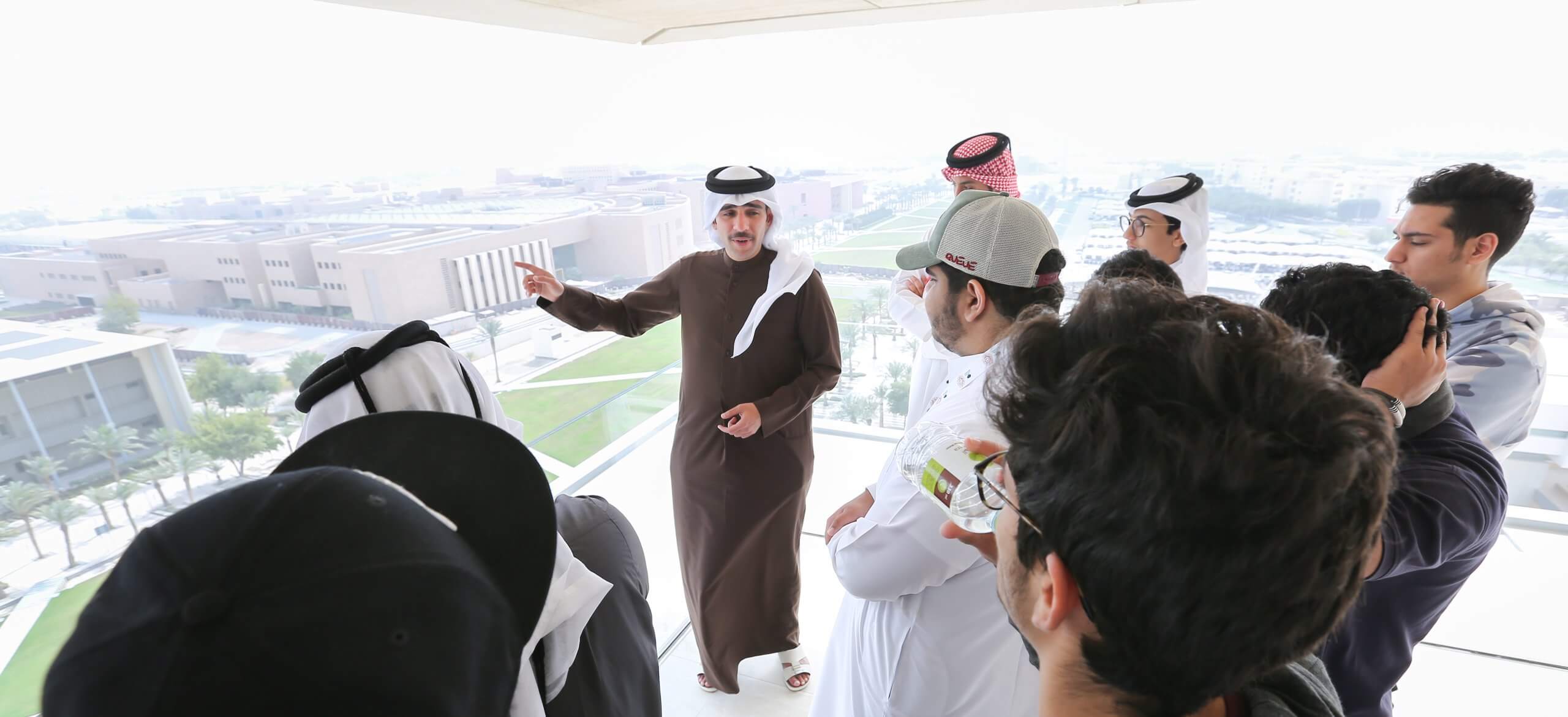2022 World Cup Stadiums Bridge the Past and Future of Qatar
 Football is more than just a competitive sport. It is a universal language that unites people from all backgrounds behind their passion for the game. A passion that takes center stage every four years, when hundreds of millions of fans around the globe join in celebrating the FIFA World Cup, the world’s largest and most prestigious sporting event.
Football is more than just a competitive sport. It is a universal language that unites people from all backgrounds behind their passion for the game. A passion that takes center stage every four years, when hundreds of millions of fans around the globe join in celebrating the FIFA World Cup, the world’s largest and most prestigious sporting event.
In its preparations to host the 2022 edition of the tournament, Qatar has planned to leverage the unique opportunity presented by the event to showcase its heritage and promote cultural exchange among nations. Doha hopes to achieve these objectives through unique stadium designs that demonstrate its traditions and reflect the knowledge and science its people have acquired and developed throughout the years. These ambitions, Qatar Career Development Center hopes, will inspire a new generation of Qataris to pursue careers that will further the nation’s development, by building on its rich heritage and rooted traditions.
Today, Qatar’s heritage is not only on display at cultural institutions and museums across the country, but it is also illustrated through stadiums designed to serve as platforms that introduce the world to Qatari culture, architecture, and craftsmanship.
For instance, Lusail stadium, the country’s largest arena and the centerpiece venue for the FIFA World Cup, celebrates Qatar’s history of craftsmanship excellency. Qatar’s traditional artisan industry has developed throughout the years to meet the needs and requirements of residents, spanning from the manufacturing of Jewelry and leather to wood and clothing, as well as building materials, blacksmithing, and shipbuilding among other crafts.
The final games of the tournament will be hosted at Lusail stadium, one of eight stadiums that creatively highlight Qatar’s rich history with its lantern-inspired design. Modeled after ‘fanar’ lanterns, and intricately detailed bowls produced for centuries across the Middle East and displayed across museums and art galleries worldwide, the stadium’s design reflects the interplay of light and shadow similar to the glow of a ‘fanar’ lantern. While Al Janoub stadium, located in one of Qatar’s oldest inhabited areas, pays tribute to Doha’s oldest professions, pearl diving and fishing on traditional dhow boats. The stadium also highlights Qatar’s long history in shipbuilding and maritime activities.
Stadium 974, on the other hand, takes inspiration from the nearby container port and Doha’s maritime history. Built using 974 shipping containers, this pioneering project was named after the international dialing code for Qatar. Last but not least, is Al Thumama Stadium that sheds light on the common cultural and historical legacy of Arab countries, through a unique design inspired by the traditional ‘qahfiya’, the cap worn throughout the Arab world.
The importance Qatar awards to its past while building towards the future is also evident at Khalifa International Stadium. Built originally in 1976 and redesigned in 2005 to host the 2006 Asian Games, the stadium is connected via a walkway with the 3-2-1 Qatar Olympic and Sports Museum, one the world’s largest sports museums.
Through these original venues, Qatar seeks to forge a bond that transcends the tournament, providing cultural experiences that outlive the upcoming world-class event and create lasting memories for hundreds of thousands of visitors to share with the outside world. Qatar’s success in the regard will also inspire Qatari youth to pursue careers that contribute to the country’s human development journey and prepare its human capital to respond to the requirements of the Qatar National Vision 2030, a key objective for QCDC’s efforts.
